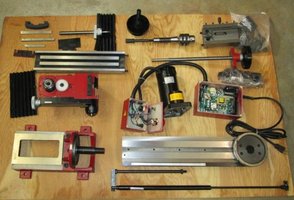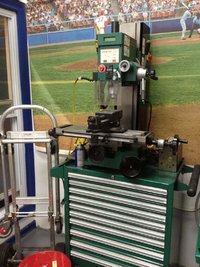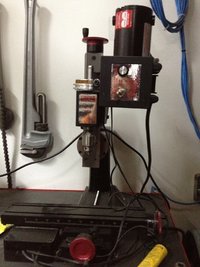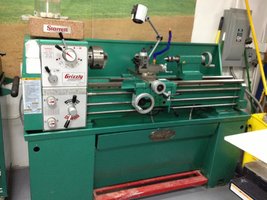I thought I was just going to wire the wall wart directly to the battery terminals. I did not take any of the noise or electrical interference issues into account.
I knew that we would have to devise something to take the battery's place, otherwise it would be an open circuit. That part's a no brainer and an easy fix. It was just this type of thing that I was concerned with. I figured that if was as easy as just splicing into the cord and jumping the battery holder, everybody would be doing it.

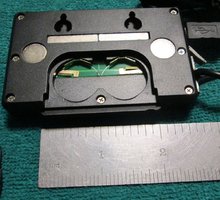

![ROFL [rofl] [rofl]](/xen/styles/default/xenforo/smilies.vb/013.gif) How did I not see 7.62's post & photo when I posted my info above. My bad !!!
How did I not see 7.62's post & photo when I posted my info above. My bad !!!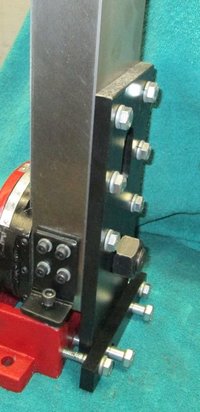
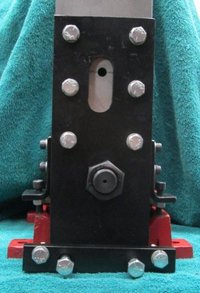
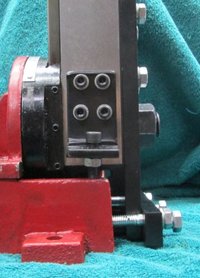
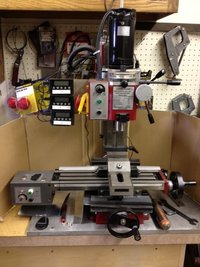
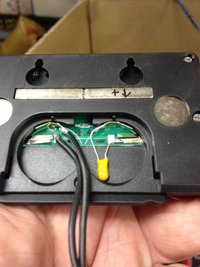
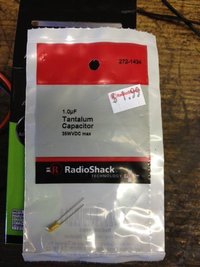
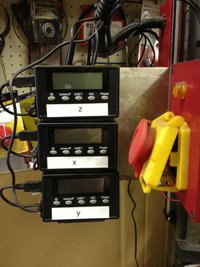
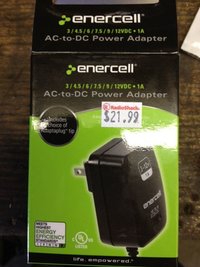
![Smile [smile] [smile]](/xen/styles/default/xenforo/smilies.vb/001.gif)

